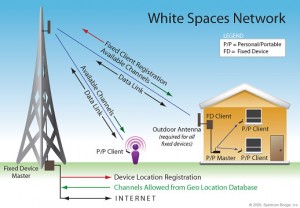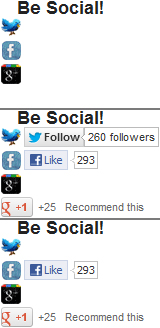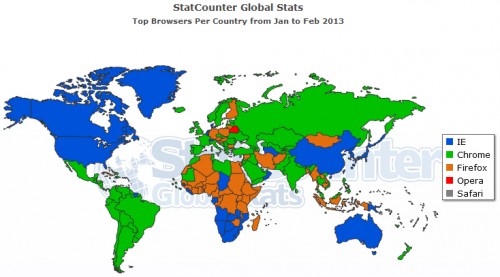The world is caught up in a massive credit crunch which has turned every consumer into a spendthrift. Maximizing resources has been declared one of the most predominant consumer trends in 2012. Popular auctioning sites have become playgrounds for shoppers and sellers alike. Re-purposed goods have created such a massive niche that recommence is now a part of first world culture.
Spendthrift Nation
The economic climate has had a lot to do with the boom in recommence, but the benefits of selling and buying re-purposed goods has lasted as long as it has on the strength of its other benefits. In the past, selling second hand items was inconvenient, demanding that consumers use stores that bought at low prices to create space for further mark ups. The internet has cut out profit hunting middlemen, allowing you to sell your second hand items online directly from home. Today it takes little more than a five minute registration process to re-purpose old items.
One Man’s Meat is Another Man’s Poison
Regardless of how unusable an old item may seem to its owner, the global marketplace offers up a massive consumer group bound to include at least one buyer who will find value in another person’s junk. The World Wide Web has extended the contacts list of the average consumer, introducing a myriad of potential buyers.
Security and Convenience
Online auction sites have made resale a streamlined process by offering shipping and packaging services for consumers who want to profit effortlessly from their old items. Secure online banking services ensure that buyers and sellers are kept safe from the penny pinching public.
One Stop Shopping
In a brick and mortar environment, it can take months to find a buyer. The traditional garage sale demanded that you invite strangers into your own home over weekends that would be better spent elsewhere. Today’s online vendors separate consumers into groups according to indexed categories, sending sellers a whittled down group of appropriate buyers. A single site may act as a retailer for products as diverse as fashion, décor, gadgets and tools, so you need visit only one vendor to sell a closet full of unwanted widgets.
Global Economies
The sheer size of the global marketplace means that low value items can be bartered up to produce often startling returns. A fourth edition novel from the Eighties might sell for a few dollars at a brick and mortar store. When you place items on sale, the internet gives you the potential to find buyers who overvalue items and are thus willing to pay far more for them. A buyer who attaches sentimental value to that second hand book is generally willing to part with a significant chunk of income in exchange for personal value. The online marketplace operates according to its own economy, where demand is directly proportionate to the unique personal value individuals place on niche products.
Scarcity is another predominant force that pushes price tags well beyond real world worth.



